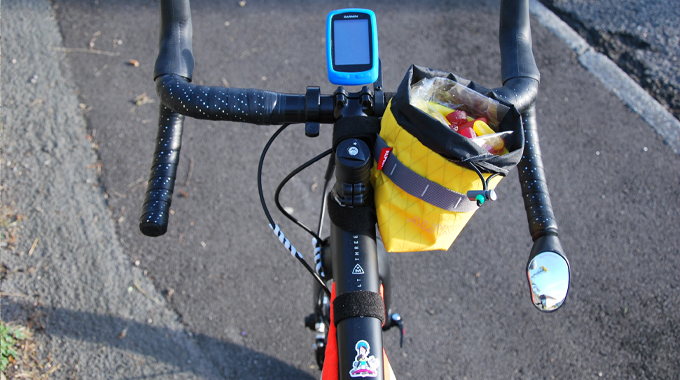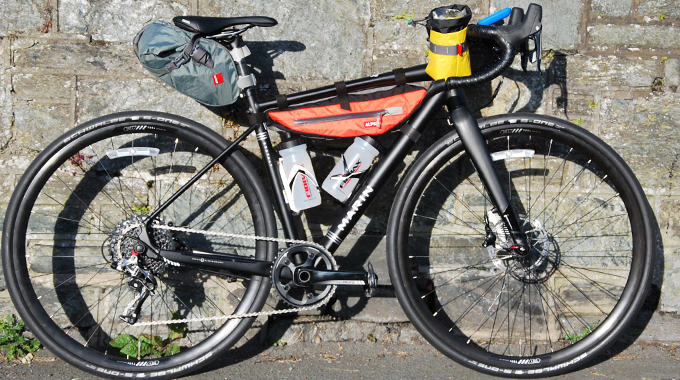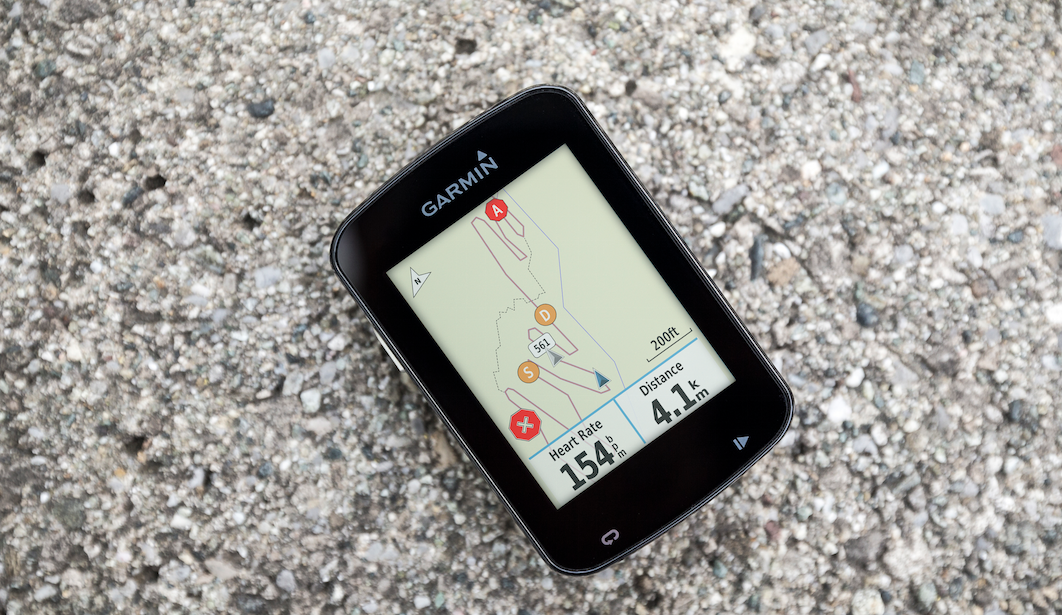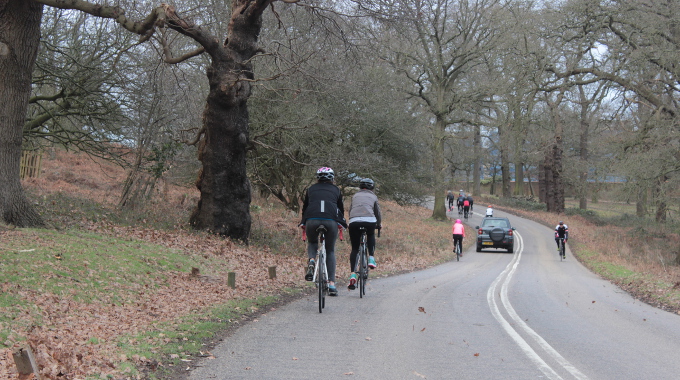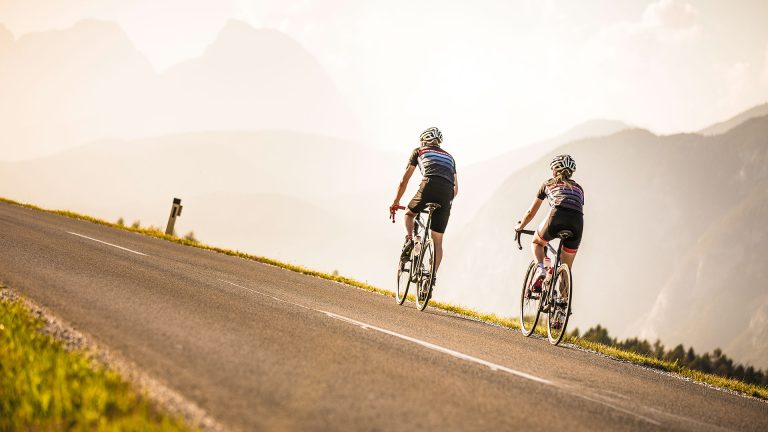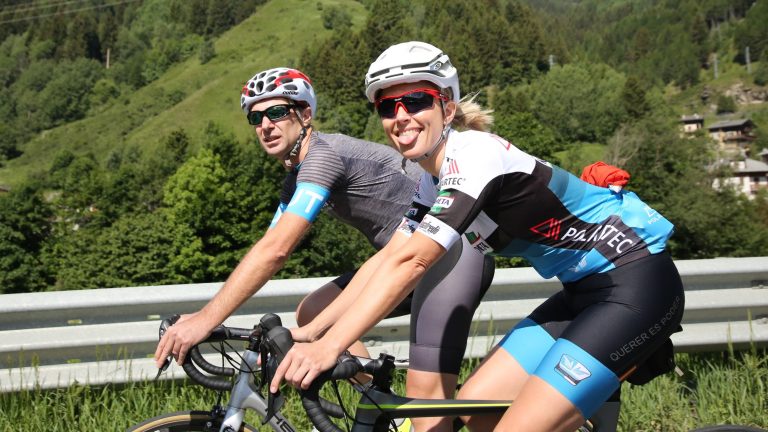Audax events are long distance bike rides where participants navigate the course themselves, stopping off to have a route (or ‘brevet’) card stamped to prove they’ve ridden the distance.
Typical distances start from 200km, and exceed 1000km though there are some shorter 50 and 100km options in the calendar these days. The events are run under the administration of Audax UK and events are listed here.
Audax rides usually have a minimum speed of around 14kph, but they also often have a maximum speed. These rides are not about racing, and an event can also be referred to as a ‘Randonnée’ which translates to ‘ramble or ‘long journey’.
The focus on endurance – an area where women are often rather gifted – means that these sorts of adventures are growing more and more popular among the female crowd. Like all cycling styles, the riding discipline does carry with it a stereotype – and that sub cult is largely summed up as ‘slightly grumpy beardy men’. However, get a little further into the community and you’ll find plenty of female participants, and room for more.
We’ve got a basic guide on how to get involved and what Audax rides are about here. However, if you’ve crossed the border from ‘thinking about entering an Audax’ to signing your name on the dotted line, here are some more tips…
Build up slowly

Hopefully it goes without saying that if you’ve never ridden 100km before, it isn’t a good idea to sign up to the 1000km ride next month. There are usually no course sweepers – if you don’t finish in time you’ll just need to find a train home – so choose a distance you’re confident you can complete. Of course, that doesn’t mean you should limit yourself – feel free to opt for something that will present a challenge as you can usually find a few more kilometers in your legs on an event day.
How to Actually Plan Training and Stick to It
Once you’ve chosen your distance, build up to it. Sit down with your calendar and plan in long rides that gradually increase in distance in the direction of the event total.
It’s a good idea to aim for a long ride each week, just adding a maximum of 10 per cent in distance each time you head out for an endurance ramble. Between your long excursions, build in a few short rides if you can fit them around your schedule – but make sure you get plenty of rest before and after the big days out.
Know your goals
Audax rides aren’t about speed – but there are plenty of goals to aim for if you’re that way motivated. Every ride you complete within the time limit is recorded by Audax UK in their permanent archives.
Some events are acknowledged also by the prestigious Audax Club Parisien (or ACP) – and records of those who have completed them will be held in their archives. These events are marked ‘BRM’ in the calendar.
There are several awards available for completing different distances – and special praise will be given in the annual ‘Arrivée’ magazine for those who have met impressive standards. For example, someone who rides a 200, a 300, a 400 and a 600km in the same season becomes a ‘Super Randonneur’
AUK also runs a Championship structure, for the riders covering the greatest total distances in events during the year, with various categories. These have ‘individual awards’ and ‘opposite sex’ awards. In some cases the women have surpassed the men which is probably why ‘opposite’ is used as opposed to ‘women’. In the endurance game, the girls can pack a punch!

